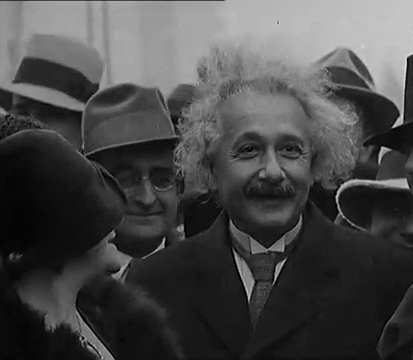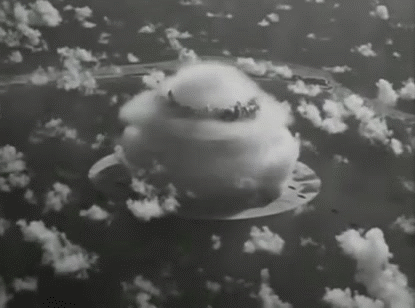
CITY LIFE & MODERN ROUTINES:
A short historical overview
We can trace the beginning of urban lifestyles to the first part of the 19 century.
when the process of production gradually switched from using human power to the use of elaborate mechanical machineries.
As humans evolved, they discovered how to use a variety of energy sources, burning wood to get warm, cooking and baking and progressively gaining control of nature.

After that the steam engine was invented, making transportation faster.
In 1825, Britain engineers connected a steam engine to a train of mine wagons full of coal. The engines drew the wagons along an iron rail from mine to the nearest harbour. This was the first steam-power locomotive in history.


When factories started using coal as main fuel, productivity increased.


the textile industry adapted this innovation to the producing process and that produce ever-larger qualities of cheap textile.

As technological progress advanced, we became obsessed with the idea that machines and engines could assist us on the path for progress and productivity.
In ancient times, humans relied on the natural rhythm of the sun and the earth, following the seasons for agriculture and cultivation. We were not yet able to make precise time measurements, nor did we need to. The world went about its business without the need for clocks or timetables. We followed the harmonious cycles of the natural world, understanding how to make the best use of the land.

We eventually realised we could use the immense amount of energy stored within the atoms, Einstein determined that any kind of mass can be converted into energy (E = mc2). This led to the creation of even more powerful energy sources powering our ever increasing demands for electricity.
Our modern world is electric.









In our modern world, in contrast we care very little about the seasons, our industries harness the electrical power and workers often start work even before sunrise. Our concept and perception of time in the modern world is very different. The industrial Revolution turned the timetable and assembly time into a template for almost all human activities. Schools, offices, hospitals, grocery stores, all operate around the clock, following precise divisions of time that dictate human lifestyles according to the ideals of productivity.
When Henry Ford invented the conveyor belt, he made the manufacturing process more efficient. This innovation changed people's daily life in irreversible ways. It revolutionized all industries, initiating the process of mass production and also making the tools of modernity more available. From then on, Office workers started going to work by car. Cities became busier and noisier.





In the modern car factory, one worker mans a machine that produces only a small part of the car, which is then passed over to the next machines operated by other workers along the belt. If one worker makes a mistake, it affects the rest of the chain. Every worker must be precise within the timetable and even lunch break time is accounted for.
We are now increasingly used to the idea of humans being treated like robots.
Many humans are now stuck in repetitive jobs, following a set of repetitive tasks, stuck in a loop. Although this is obviously useful for the progress of modernity and has provided us with the luxurious consumer life we all are used to today.
Still, we are not robots, We have consciousness, creativity, emotion and humanity.